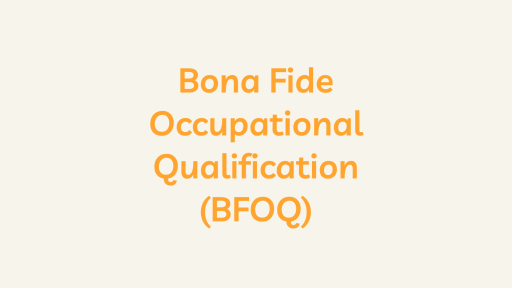Introduction
Form 941, officially titled the “Employer’s Quarterly Federal Tax Return,” is a crucial document in the realm of U.S. employment and taxation. As a quarterly filing requirement, it plays a significant role in ensuring that employers accurately report and pay federal income tax, Social Security tax, and Medicare tax withheld from their employees’ paychecks. This article aims to provide a detailed exploration of Form 941, shedding light on its purpose, key components, and the importance of compliance.
Purpose of Form 941
At its core, Form 941 is a reporting mechanism for employers to furnish details about federal income tax withholdings, Social Security taxes, and Medicare taxes to the Internal Revenue Service (IRS). By filing this form quarterly, businesses can confirm that the appropriate taxes are being withheld and paid on time, contributing to the smooth functioning of the U.S. tax system.
Key Components of Form 941
- Employer Information:
- Businesses initiate the form by providing essential details, including their legal name, address, Employer Identification Number (EIN), and the specific quarter for which the form is being filed.
- Number of Employees:
- Employers are required to disclose the total number of employees who received wages during the quarter. This count encompasses all employees, regardless of whether they received wages or not.
- Wage and Tax Information:
- The crux of Form 941 lies in the comprehensive reporting of wages paid to employees and the corresponding federal income tax, Social Security tax, and Medicare tax withheld during the quarter.
- Adjustments and Credits:
- In certain cases, adjustments to taxes previously reported may be necessary. Additionally, employers may report tax credits they are eligible for, such as the Employer Retention Credit or Sick and Family Leave Credits.
- Deposits and Payments:
- Employers must provide information about the total deposits made during the quarter, as well as any overpayment or underpayment of taxes. Timely and accurate deposits are crucial to avoid penalties.
- Signatures:
- The form concludes with the signature of an authorized representative of the business. This signature certifies the accuracy of the information provided, adding a layer of accountability to the filing process.
Filing and Due Dates
Form 941 operates on a quarterly filing schedule, with due dates as follows:
- April 30 (for January, February, and March)
- July 31 (for April, May, and June)
- October 31 (for July, August, and September)
- January 31 of the following year (for October, November, and December)
Employers must adhere to these deadlines to avoid penalties and ensure compliance with federal tax regulations.
Conclusion
In conclusion, Form 941 is a cornerstone in the regulatory landscape for U.S. employers. Its quarterly filing requirement ensures the accurate reporting and timely payment of federal income tax, Social Security tax, and Medicare tax. Employers must approach the completion of this form with precision, referencing IRS instructions for each filing period. Compliance is not just a bureaucratic necessity; it is integral to maintaining the smooth functioning of the nation’s tax infrastructure and avoiding potential financial repercussions.





